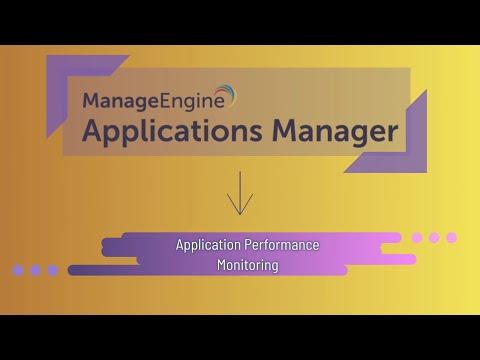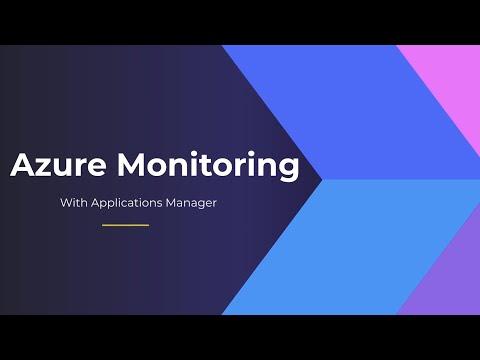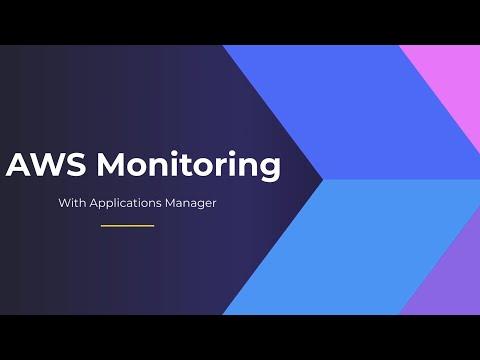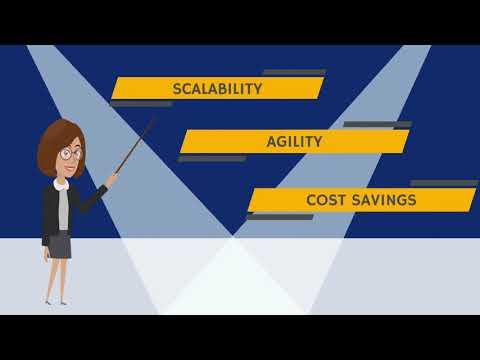ManageEngine, the real-time IT management company, today announced HTML5-powered, first-in-class remote login mechanisms for Password Manager Pro, its privileged password management solution.
Now, end users can launch secure, reliable Windows RDP, SSH and Telnet sessions from their browser windows, with a single click. Password Manager Pro now also integrates with the popular file sync service, Dropbox, for automatically syncing password lists to users’ mobile devices for secure, offline access to passwords.
Organizations are deploying privileged password management solutions to mitigate cyber threats and control access to sensitive IT resources. Access requirements themselves, meanwhile, are changing in response to evolving business demands such as partners and contractors who need to access internal resources. In turn, IT is seeking solutions that are secure, easy to use and let end users launch a remote login session with a single click, regardless of the target system type or authentication method and, at times, without disclosing the passwords.
"Despite a strong business case for secure, direct access to remote resources, current solutions in the market require inconvenient and insecure practices like deploying end-point agents, helper programs at user desktops and browser plug-ins to make remote login work," says Rajesh Ganesan, director of product management at ManageEngine. "Ease of use and security have always been orthogonal goals, nevertheless a constant search by IT admins in a space like remote access. Password Manager Pro helps them realize their goals while evolving to be the best remote access solution for various types of systems."
Password Manager Pro employs first-in-class, remote login mechanisms to deliver on both ease-of-use and security. From any HTML5-compatible browser, users can launch highly secure, reliable and completely emulated Windows RDP, SSH and Telnet sessions with a single click, without the need for additional plug-in or agent software. Desktop, laptop and tablet devices - including the Apple iPad - can take advantage of improved remote login.
Remote connections are tunneled through the Password Manager Pro server, requiring no direct connectivity between the user device and remote host.
In addition to superior reliability, the tunneled connectivity provides extreme security as passwords needed to establish remote sessions do not need to be available at the user’s browser.
Beyond its remote login improvements, Password Manager Pro now provides secure offline access to privileged identities. Users can export passwords in the form of an AES-256 encrypted, HTML file that can be opened in a browser for offline access. Users also have the option to automatically synchronize the exported HTML file to their smartphones or tablet devices via Dropbox. To ensure security, passwords exported to the offline copy can be automatically reset in the remote systems after a specified time period.
The Latest
A vast majority (89%) of organizations have rapidly expanded their technology in the past few years and three quarters (76%) say it's brought with it increased "chaos" that they have to manage, according to Situation Report 2024: Managing Technology Chaos from Software AG ...
In 2024 the number one challenge facing IT teams is a lack of skilled workers, and many are turning to automation as an answer, according to IT Trends: 2024 Industry Report ...
Organizations are continuing to embrace multicloud environments and cloud-native architectures to enable rapid transformation and deliver secure innovation. However, despite the speed, scale, and agility enabled by these modern cloud ecosystems, organizations are struggling to manage the explosion of data they create, according to The state of observability 2024: Overcoming complexity through AI-driven analytics and automation strategies, a report from Dynatrace ...
Organizations recognize the value of observability, but only 10% of them are actually practicing full observability of their applications and infrastructure. This is among the key findings from the recently completed Logz.io 2024 Observability Pulse Survey and Report ...
Businesses must adopt a comprehensive Internet Performance Monitoring (IPM) strategy, says Enterprise Management Associates (EMA), a leading IT analyst research firm. This strategy is crucial to bridge the significant observability gap within today's complex IT infrastructures. The recommendation is particularly timely, given that 99% of enterprises are expanding their use of the Internet as a primary connectivity conduit while facing challenges due to the inefficiency of multiple, disjointed monitoring tools, according to Modern Enterprises Must Boost Observability with Internet Performance Monitoring, a new report from EMA and Catchpoint ...
Choosing the right approach is critical with cloud monitoring in hybrid environments. Otherwise, you may drive up costs with features you don’t need and risk diminishing the visibility of your on-premises IT ...
Consumers ranked the marketing strategies and missteps that most significantly impact brand trust, which 73% say is their biggest motivator to share first-party data, according to The Rules of the Marketing Game, a 2023 report from Pantheon ...
Digital experience monitoring is the practice of monitoring and analyzing the complete digital user journey of your applications, websites, APIs, and other digital services. It involves tracking the performance of your web application from the perspective of the end user, providing detailed insights on user experience, app performance, and customer satisfaction ...






